Pop Art Design, curated by the Vitra Design Museum and currently at the Barbican, opens with Richard Hamilton’s 1956 ‘Just what makes today’s homes so different, so appealing?’. Made as a poster for the Whitechapel show This is Tomorrow, it’s a witty collage of consumer fantasies scissored out of magazines, reminding us that interest in popular culture among British artists operated as a humorous, semi-anthropological collegiate research project.
Already a subscriber? Log in
Subscribe for just $2 a week
Try a month of The Spectator Australia absolutely free and without commitment. Not only that but – if you choose to continue – you’ll pay just $2 a week for your first year.
- Unlimited access to spectator.com.au and app
- The weekly edition on the Spectator Australia app
- Spectator podcasts and newsletters
- Full access to spectator.co.uk
Or
Unlock this article
You might disagree with half of it, but you’ll enjoy reading all of it. Try your first month for free, then just $2 a week for the remainder of your first year.

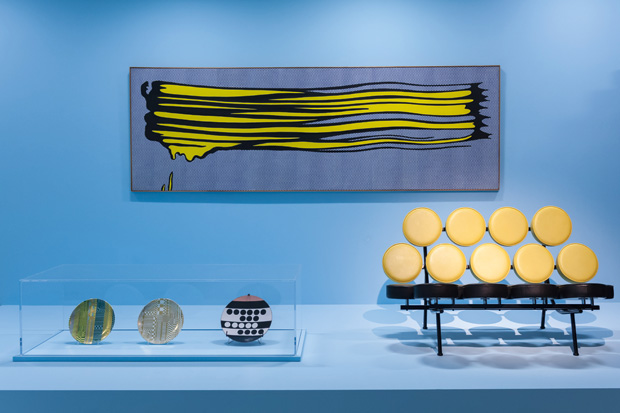
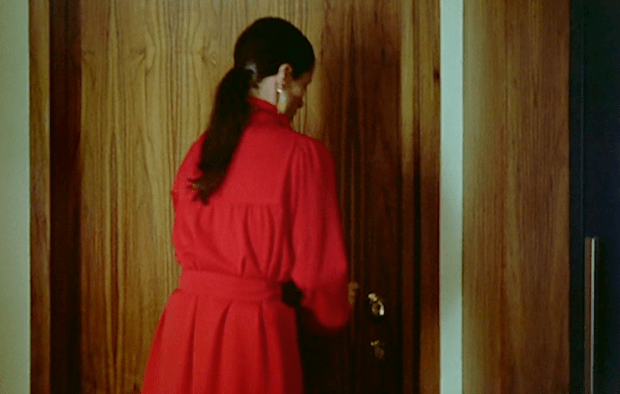
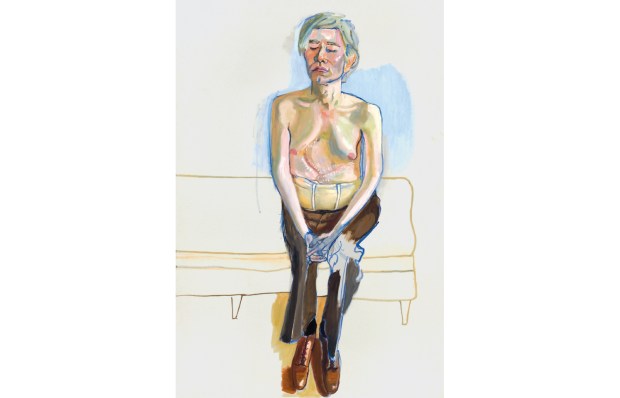

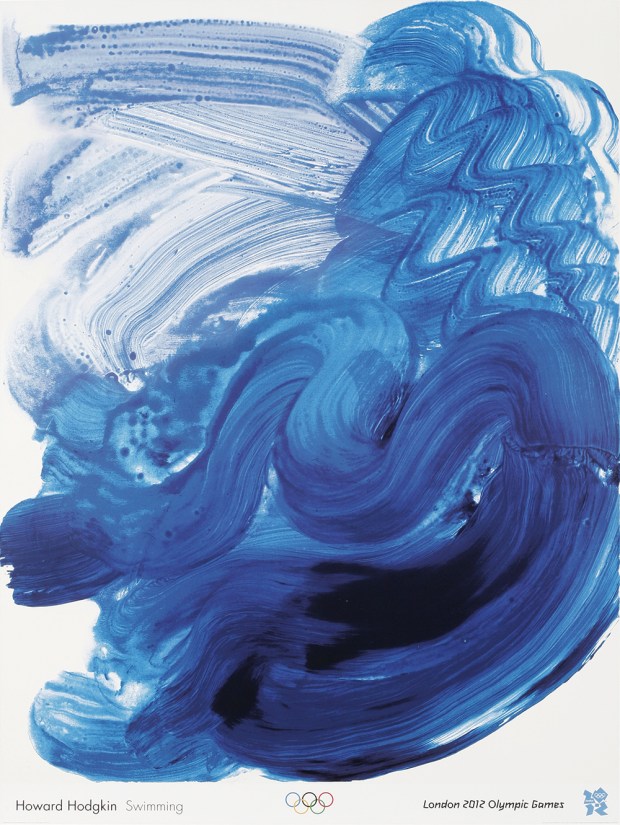
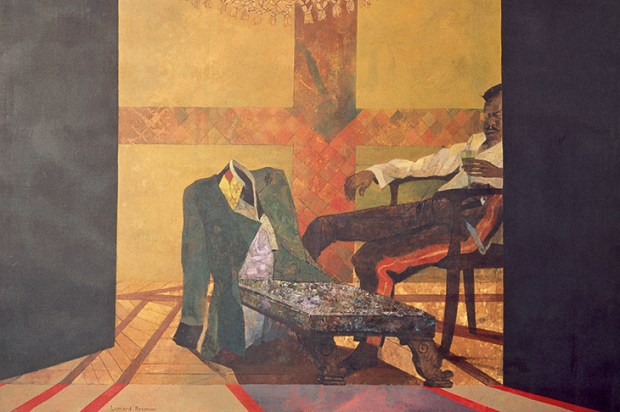
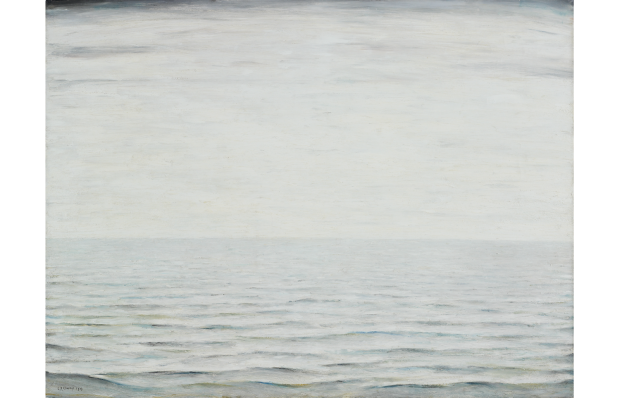






Comments
Don't miss out
Join the conversation with other Spectator Australia readers. Subscribe to leave a comment.
SUBSCRIBEAlready a subscriber? Log in